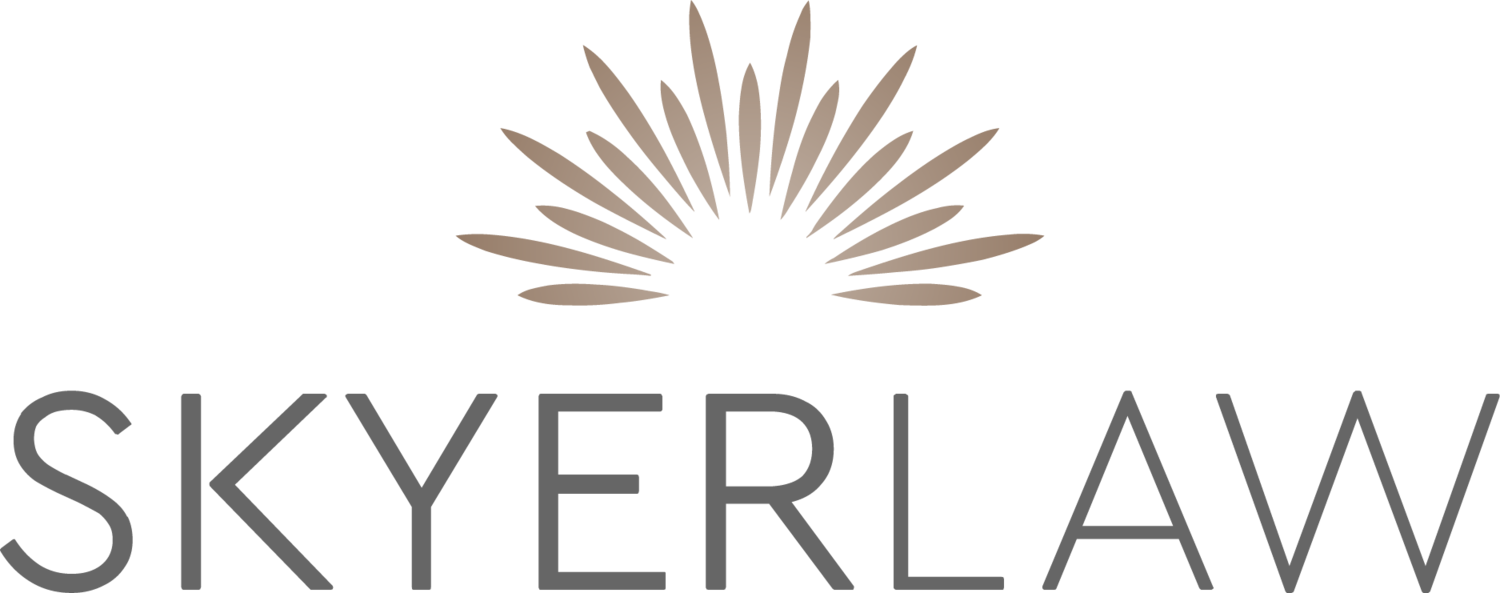by Eliyanna Kaiser
Last week, the ASD Nest Support Project of NYU Steinhardt held its first Conference for Autism and Inclusive Education (#NestCon). I attended along with hundreds of clinicians, academics, school administrators, and parents from all over the country (and some international participants), to learn more about New York City’s renowned ASD Nest program. The conference clearly demonstrated how NYU continues to support the Nest program by staying abreast of the latest research and thinking.
The keynote address was given by Dr. Catherine Lord from the Center for Autism and the Developing Brain. Dr. Lord described how her research shows that there are moments of greater opportunity for the developing brain in certain domains, such as adaptive skills from age 4 to 9, or social skills from age 9-14. She also talked about the importance of focusing on emerging skills as opposed to deficits, and the benefits of having access to typical peers for stronger social outcomes. Finally, she presented some data on how having a part-time job in high school or college leads to better employment outcomes for students transitioning into adulthood. Dr. Lord closed by giving an impassioned appeal that we listen to self-advocates and recognize their lived expertise in leading the discussion around how to best support autistic children and adults.
Other presenters included Dr. Stephen Shore, the renowned autistic speaker and author, and a professor and researcher focusing on autism education at Adelphi University. Dr. Shore spoke about the power of identifying a child's strengths and strong interests to help set the stage for lifelong success, as well as the importance of encouraging autistic children to understand their diagnosis and become their own self-advocates.
Also of note was Dr. Brenda Myles, president of AAPC Publishing and the author of The Hidden Curriculum: Practical Solutions for Understanding Unstated Rules in Social Situations, gave practical advice about how to specifically teach kids to understand the unspoken rules of slang, metaphors, and body language, as well as the “hidden curriculums” of the many cultures and other identities we belong to. She gave me much to puzzle over on the subject of how to teach the hidden curriculum of men's room urinal etiquette.
We also heard from Peter Vermeulen of the Flemish Autism Society, who described his cutting edge research in what he has termed “context blindness,” by which he means that we can understand why autistic people have difficulties with communication, social interaction, and unpredictable changes because of their challenges with understanding and identifying contextual clues. Dr. Vermeulen’s recent article in the Irish magazine Frontline goes into some more detail about this fascinating alternative model for understanding how the autistic brain processes information, and he has also authored a book called Context Blindness.
It’s no secret that the ASD Nest program is the most efficacious special education program that New York City has to offer, and this conference helped to highlight why that is. The collaboration between scholarship, policy, and programming is a powerful combination.
For the 2017-18 school year, the ASD Nest program boasts 270 classrooms, including 24 elementary schools, 11 middle schools, and 8 high schools—all told more than 1,200 students with autism are served by this program. At #NestCon they announced that they will be expanding their middle and high school offerings for the 2018-19 school year, which is great news for kids in the elementary school classrooms who hope to move on within this program, as well as for families of other kids with autism who are currently in more restrictive settings but who may be ready to consider a less restrictive, inclusion setting, like Nest, in the future.
You can learn more about the ASD Nest program on the Department of Education’s ASD Programs Family Resource Guide page, and on the NYU Steinhardt website.

